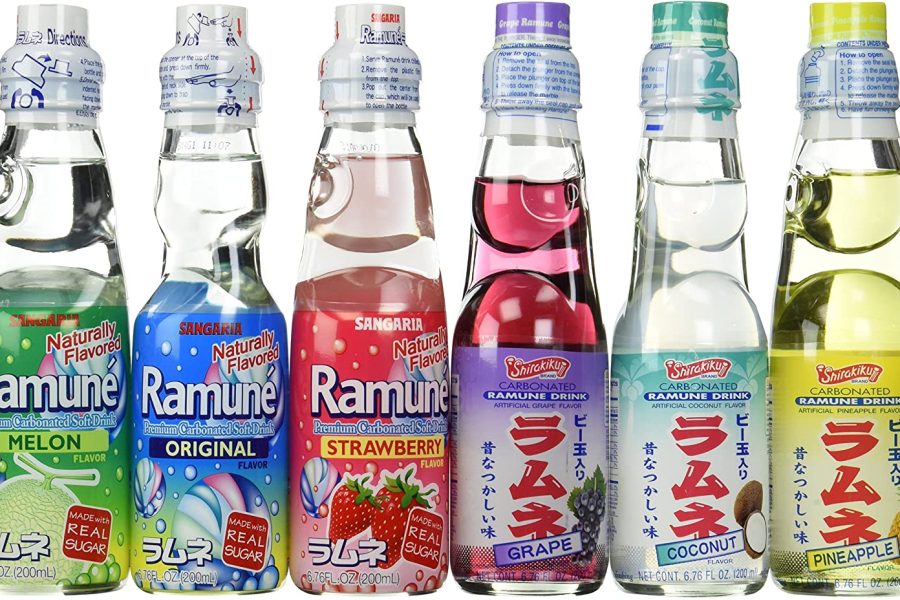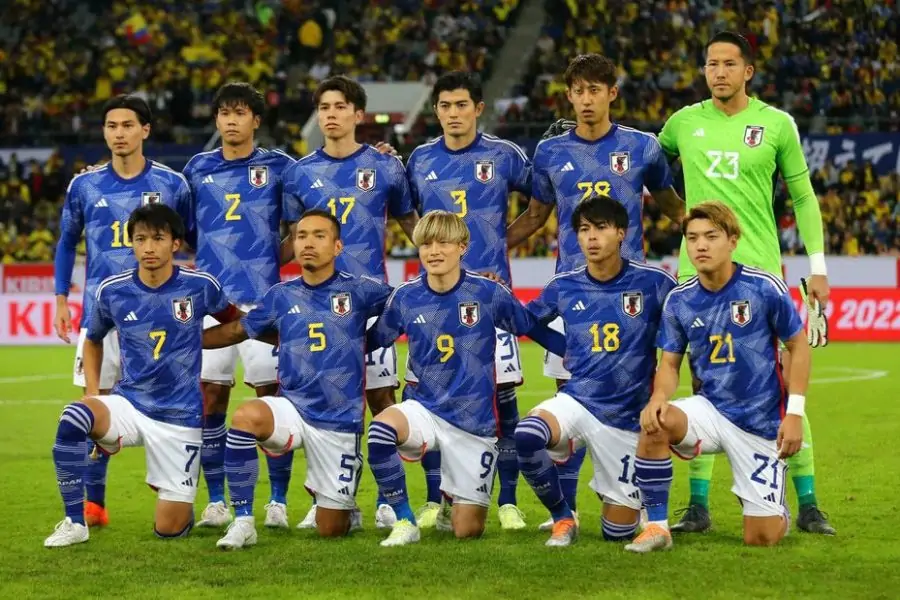Have you ever tried to learn a new language? If so, you’ve quickly noticed how difficult this process is to master.
When it comes to Japanese, it’s easier to speak than write it. This is due to the complexity of the Japanese alphabet.
The Japanese writing system has two types of characters: the syllabic kana (which consists of hiragana and katakana) and kanji (the adopted Chinese characters). Each type has a different usage, purpose, and characteristic, and each is necessary for mastering Japanese writing.
This guide will cover everything you need to know about Japanese characters.
An Overview of the Japanese Alphabet
Many English speakers consider Japanese the most difficult language to learn because of its multiple writing systems and opposite sentence structure compared to English.
English uses one script (the Latin script), while Japanese uses three (hiragana, katakana, and kanji). Therefore, you need to learn these three scripts to write Japanese proficiently.
While it’s not considered one of the official writing systems, you also have romaji. This is the name given for the Roman alphabetization of the Japanese language. So, you could technically say Japanese has four writing systems.
And, to make things even more complicated, there are two ways to write Japanese:
- Like Chinese. In columns from top to button, right to left.
- Like English. Horizontally, from left to right, top to bottom.
This is why you may have seen some Japanese books open with the spine to the right while others open to the left.
Japanese Writing Systems: Hiragana, Katakana, Kanji
Hiragana, katakana, and kanji: each system has a different purpose. While they have varying usages and characteristics, all three are necessary when writing Japanese.
You’ll quickly notice that most Japanese sentences combine hiragana and kanji. On occasion, they’ll utilize katakana. How do these differ?
Hiragana and katakana are phonetic symbols (they each represent one syllable), while the Japanese kanji character is an ideogram.
An ideogram is a written character that symbolizes the idea of an object without indicating the sounds used to say it. This could include numerals or Chinese characters.
Are you beginning to understand why the Japanese written language is said to be one of the most challenging languages to master?
Japanese instructors often suggest students master the phonetic symbols (hiragana and katakana) before beginning Japanese language studies.
Hiragana
Kana is the system of syllabic writing used in Japan. It has two forms: hiragana and katakana.
Hiragana is a phonetic lettering system that means “simple” kana. It’s used primarily for native Japanese words and grammatical elements. Those learning this language will usually learn hiragana first before learning the other two systems.
Each sound in the Japanese language corresponds to one character in the syllabary. Hiragana has 46 basic characters that symbolize syllabaries. If you include diacritics (marks, such as an accent), it consists of 71 characters.
This system is also used for furigana, a reading aid with smaller kana or syllabic characters printed above or next to kanji to indicate their pronunciation. Books targeted towards young children are usually written in hiragana. This is a reason why students should get hiragana down pat first.
If this seems confusing, you can start by downloading helpful apps to learn the Japanese language better.
Katakana
Katakana is the other syllabic writing system used in Japan. This system was first seen in literature in the 7th century. There are five singular vowels, 40 consonant vowels, and one singular consonant in katakana.
Katakana is used for various things, but the most common use is transcribing foreign words, like English. Learning katakana is harder than hiragana, so don’t get discouraged if learning takes longer.
Using katakana for foreign words comes with a few complications. The sounds available in this language are limited and not as flexible as in many other languages. Therefore, foreign words transcribed in katakana don’t often sound like the original.
When are Kana Characters Used?
Hiragana is usually used for postpositions, adverbs, particles, function words, or as a replacement for kanji. On the other hand, katakana characters are mainly used for technical terms, foreign words, animals, plants, slang, onomatopoeia, or colloquialisms.
Katakana is almost the same as hiragana. They represent the same sounds. The difference is that they are written a bit differently. Katakana characters are more angular, while hiragana characters are more rounded.
Kanji
There are over 50,000 kanji characters, but most native Japanese don’t know nearly that many. The number of kanji required to pass the highest level of a Japanese language proficiency test is 2,000, which is what elementary, middle, and high school students learn in Japan. There isn’t any trick or shortcut to learning kanji, as you will have to memorize the character along with its reading.
Thousands of kanji characters have different meanings, and most have multiple pronunciations. The various readings are categorized as either Onyomi or Kunyomi.
- Onyomi is “sound reading” derived from Chinese.
- Kunyomi is “meaning reading” and refers to native Japanese interpretations.
Most characters have at least one of each interpretation, but some have more, while others only have one.
When Are Kanji Characters Used?
These characters are used for content-heavy words like nouns, adjectives, verbs, and adverbs. When writing verbs, you’ll use kanji for the base concept. Then you’ll use hiragana to change the Japanese pronunciation and add more meaning, such as the tense.
Kanji characters are more common than kana in actual Japanese texts.
Romaji
This is a system of romanized spelling used to write Japanese. The romanization of the Japanese language means writing Japanese words or phrases using the Latin alphabet.
Romaji is taught in Japanese schools, so almost all Japanese can read and write using romaji. Knowing romaji isn’t necessary, but it can be helpful for beginners.
Romaji appears on Japanese road signs and other signage, which can be a lifesaver for tourists with limited knowledge. When you see dōmo arigatō instead of どうもありがとう, you’re looking at romaji.
Five Interesting Facts You Probably Didn’t Know
There are many exciting things you can learn about the Japanese language. For example, a year is transcribed in two ways, and months have no names.
Below are five interesting facts about this language you probably didn’t know.
1. There Is No Plural in Japanese
The Japanese alphabet uses no plurals! This means there’s no difference between speaking about one person or more. Plural words are usually understood through context or a number, and a counter precedes them.
2. Intonation Is Essential
Intonation can completely change the meaning of a word, especially in this language. Characters can be used for multiple meanings, so it’s critical to differentiate between them. You must ensure the correct intonation is used for the conversation to make sense.
3. Romaji Has a Direct Connection to Christianity
A Japanese Catholic created romaji to help Europeans introduce the Christian religion in Japan without having to learn the Japanese alphabet. The first Japanese-English dictionary was published by James Curtis Hepburn, an American physician, translator, and Christian missionary.
4. Japanese Has Many Common Words With Chinese
This is because of the influence Chinese culture had on Japan. For centuries, many words were written similarly and even had slight homophony. However, while both languages use similar words, they have different pronunciations.
5. There Is a Particular Grammatical System for Expressing Politeness
It’s called “keigo,” a system of honorific speech. Keigo is mandatory in many social situations.
It’s divided into three categories:
- Teineigo (polite language)
- Sonkeigo (respectful language)
- Kenjougo (humble language)
Final Thoughts
Each type of script – kanji, hiragana, and katakana – has its own specific role within written Japanese.
All of this can sound a bit overwhelming, especially for beginners. No worries – plenty of great resources are out there to put you on the right track, from phone applications to books and even games!
When learning Japanese, start with mastering hiragana; maybe someday you’ll know enough kanji characters to pass a language proficiency test yourself!





Leave a Comment